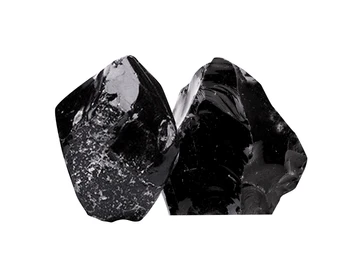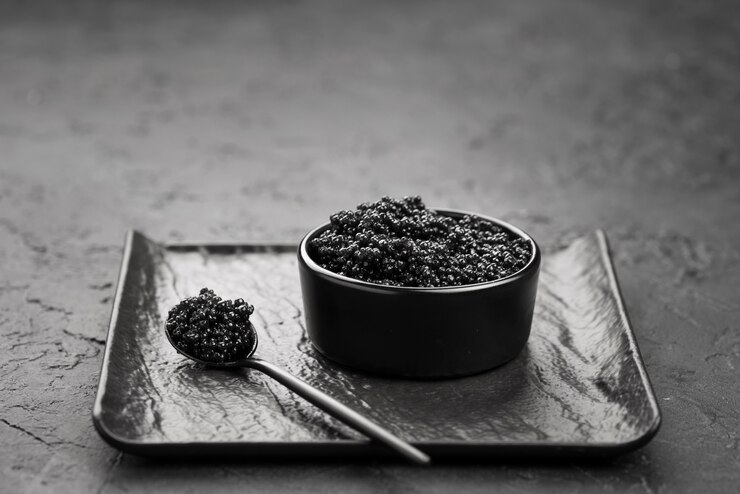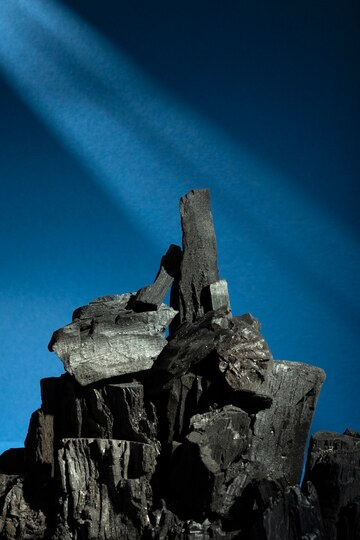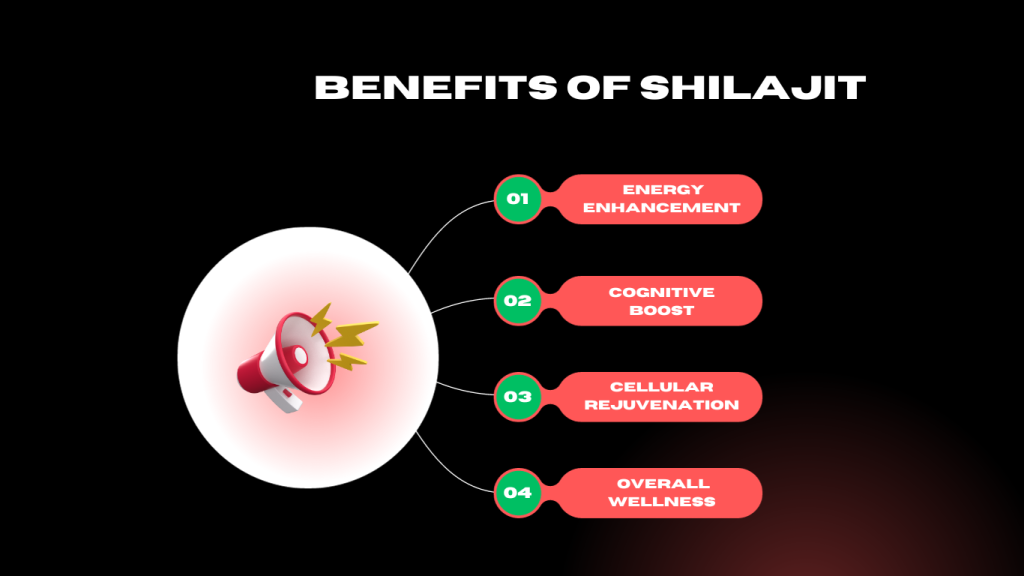

Hey there, curious minds! Ever heard of Shilajit? It might sound like a mysterious potion, but it’s a fascinating natural substance found in the rocks of majestic places like the Himalayas, Rockies, and Andes. Picture this: it’s a sticky, tar-like goo formed over centuries from the slow breakdown of plants and minerals under immense mountain pressure. Now, there’s more than one kind of Shilajit – you’ve got your pure version straight from the rocks, purified Shilajit with impurities removed, and the less fancy mineral pitch. Why does it matter? Well, because Shilajit packs a punch of benefits! Think energy boost, sharper mind, stress relief, antioxidant-powered cell rejuvenation, and overall wellness support. Intrigued? Good! Stick around as we dive into how to take Shilajit, its recommended dosage, safety checks, and more. Let’s explore the wonders of this natural marvel together!
Shilajit is a sticky, tar-like substance found primarily in the rocks of the Himalayas, though it also exists in other mountain ranges like the Rockies and Andes. It’s formed over centuries by the slow decomposition of plants and minerals under immense pressure. This complex substance carries the nickname “mineral mummy” due to its history of medicinal use dating back thousands of years in Ayurvedic medicine.

The pure form of Shilajit represents the pinnacle of quality. Nature extracts it directly from rocks through natural seepage or manual scraping, showcasing the raw, unadulterated power of nature. Its appearance is distinctive—blackish-brown, sticky, and possessing a pungent odor that signals its rich mineral content. Highly valued for its authenticity, this type of Shilajit is believed to retain the full spectrum of beneficial compounds naturally present in the resin. People revere pure Shilajit for its potential to enhance vitality, boost energy levels, and support overall well-being.

Recognizing the importance of purity, some Shilajit are subjected to a purification process to eliminate impurities such as heavy metals and bacteria. This results in what is known as purified Shilajit. Through filtration and other refining techniques, Shilajit undergoes a purification process, resulting in a product available in either powder or liquid form.
Maintaining its potent properties, purified Shilajit effectively tackles concerns related to potential contaminants. Occasionally, people infuse Shilajit with other natural ingredients like honey to enhance its taste and overall palatability. Those who prioritize eliminating impurities while simultaneously seeking the numerous benefits linked with this age-old resin favor this particular manifestation of Shilajit.

Mineral Pitch, found on the lower end of the Shilajit quality spectrum, often contains more impurities and is considered of lower quality compared to pure or purified Shilajit. While this variant may be more affordable, caution is advisable when considering it due to potential safety concerns associated with impurities.
Interested consumers should carefully evaluate the source and manufacturing processes of Shilajit to ensure meeting safety standards. Choosing high-quality Shilajit, even if it comes at a higher cost, is essential to experience the full range of potential health benefits without compromising on safety.

Shilajit is a thick, tar-like substance found in the high mountains of the Himalayas, Andes, and Rockies. It seeps out of cracks and fissures in the rocks, where it has been slowly formed over centuries by the decomposition of plants and minerals under immense pressure.
The quality and composition of shilajit can vary depending on the specific location where it is found. The best shilajit comes from high-altitude regions with pristine environments, where the rocks are rich in minerals. Shilajit from lower altitudes or areas with more pollution may be of lower quality and contain more impurities.
The mineral content of shilajit also varies depending on the specific location. Some shilajit is high in fulvic acid, which is thought to be responsible for many of its health benefits. Other shilajit may be higher in other minerals, such as iron or magnesium.

1. Energy Enhancement: Feeling sluggish? Shilajit’s fulvic acid content helps your body absorb nutrients more efficiently, leading to increased energy levels and reduced fatigue. Imagine conquering your day with sustained vitality!
2. Cognitive Boost: Sharpen your focus and memory with Shilajit’s nootropic properties. Studies suggest it can improve cognitive function, and learning, and even protect against neurodegenerative diseases. Think sharper thinking and a brain that thrives!
3. Cellular Rejuvenation: Packed with antioxidants, Shilajit fights free radicals, protecting your cells from damage and promoting healthy aging. This translates to a youthful glow and a body that functions at its best.
4. Overall Wellness: From supporting healthy inflammation levels to boosting immunity, Shilajit’s benefits extend far and wide. Experience improved athletic performance, stronger bones, and a general sense of well-being.
The recommended dosage and method of taking shilajit can vary depending on the form, brand, and intended use. Generally, it’s advised to start with a small amount, around 250-500mg per day, and gradually increase under the guidance of a healthcare professional. Common methods include:
While shilajit offers potential health benefits, it’s crucial to consult your doctor before taking it due to potential interactions with medications and adverse effects. Additionally, the quality and safety of shilajit supplements can vary widely, so choose reputable brands and prioritize purity.
In summary, Shilajit is a tar-like substance from the Himalayas with a rich history in Ayurvedic medicine. There are different types—pure, purified, and the less impressive mineral pitch—so it’s crucial to choose a reliable source.
Now, Shilajit isn’t just interesting historically; it’s also packed with benefits. It can boost your energy, sharpen your thinking, and give your cells a bit of a refresh. It’s like an all-in-one wellness package, especially handy for today’s hectic life.
Discover the transformative power of Shilajit, carefully sourced and curated for your vitality. Embrace a journey of holistic health with nature’s rejuvenating essence. Elevate your well-being with Xomoashro.